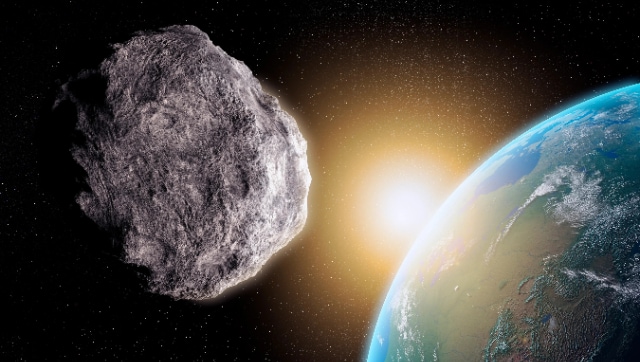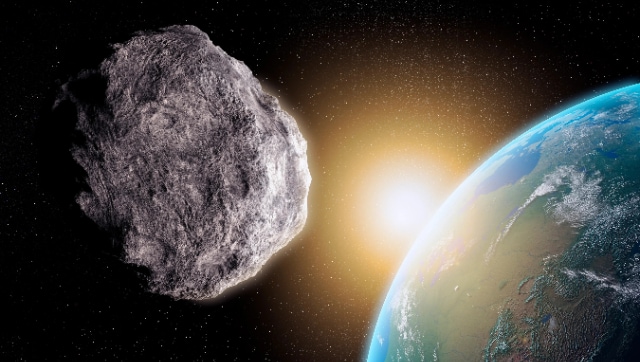
NASA came to know of the giant asteroid two days after it flew past us. The asteroid had entered the Earth’s 60,000 mile radius, which means it narrowly missed us. To put it in perspective, the Moon, is about 230,000 miles away from the Earth
Life on Earth, as we know it today, was on the verge of coming to an abrupt end. A giant asteroid narrowly missed hitting the blue planet as it zoomed past us.
The kicker in all of this is, despite our sophisticated asteroid tracking systems, even the best of our scientists did not know about the asteroid flying past the Earth, until two days after. Basically, by the time scientists at NASA came to know about the asteroid, we were already in its rearview mirror.
Near-Death Experience For All
On July 15, the Atlas Observatory in South Africa detected an object known as 2023 NT1, which astronomers estimated to be about 60 meters in size. This asteroid had been travelling at an astonishing speed of approximately 86,000 km/h and came within a 60,000-mile radius of Earth, as confirmed by NASA. To put it in perspective, the moon is about 230,000 miles away from the Earth.
Related Articles
Interestingly, the asteroid had already made its closest approach to Earth on July 13, two days before it was spotted. This means that when it came into our knowledge, it was already moving away from us.
The reason why this asteroid remained unnoticed until its close pass was due to the fact that it approached from the direction of the sun. The intense glare of the sun blinded our telescopes, making it difficult to spot the asteroid until after it had passed.
Blind Spots Revealed
Astronomers carefully studied the asteroid’s trajectory for the next ten years and concluded that 2023 NT1 did not pose any threat to Earth. Nevertheless, this event served as an important reminder that potentially hazardous asteroids could approach Earth without sufficient warning, especially when they come from the sunward direction, which remains a challenging blind spot in our asteroid detection efforts.
A similar incident occurred in 2013 when an approximately 59-foot-long (18 m) asteroid entered the sun’s glare and went undetected until it exploded over Chelyabinsk, Russia, causing significant damage and injuries to thousands of people.
Some Scary Numbers
According to the European Space Agency, there could be around a million asteroids ranging from 30 to 100 meters in size near Earth, and a staggering 98.9% of them remain undiscovered.
While scientists actively monitor more than 31,000 known near-Earth asteroids, they are well aware of the risks associated with the solar blind spot. To address this concern, the European Space Agency is currently working on the NEOMIR mission, which aims to launch a satellite around 2030 that will orbit between the Earth and the sun, specifically designed to detect large asteroids hidden in the sun’s brightness.












